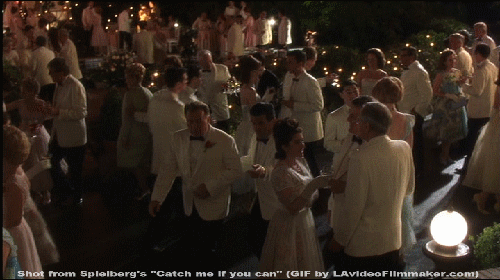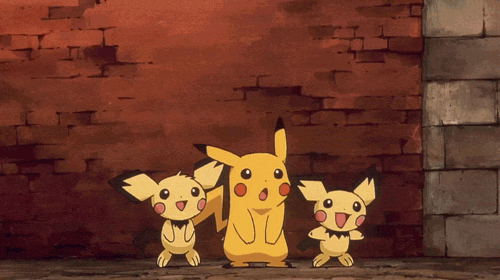Camera Shots and Angles
Establishing Shot (ELS) - Either establishes or tells the audience where scene is set, it also shows the type of emotion or mood of the scene which is usually matched by the scenes surroundings.

Master Shot (MS) - A shot without cuts so that the entire scene is continuous.

Close up (CU) - A shot that is closed in on an object or a frame of a person.

Mid Shot (MS) - A shot that generally includes a person from the waist up or an object from a short to medium distance away.

Long Shot (LS) - A shot that usually is including the entire frame of a person or a group of people in the distance. An entire frame would be a character from head to toe.

Extreme Long Distance (ELD) - A shot that has a link to the surroundings and puts a perspective on what is happening and where it is happening similar to the establishing shot. It also can include entire crowds or shots from about half a mile away.

Two Shot - A shot with 2 characters in the shot to establish the nature of their relationship and/or emotions and the general context of the scene.

Point of view - A shot to see from a characters viewpoint usually to see what the character is up to or the emotions and thoughts of a character in the scene.
